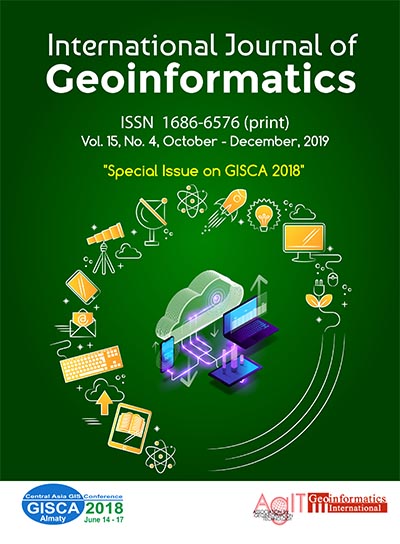Mapping of Spatial Variability within a Field by Using Remote Sensing
Main Article Content
Abstract
Precision agriculture is a farming management concept based on observing and measuring variability in a field. Data collections and analysis play important role in decision making. The essential purpose of precision agriculture is to more efficiently apply a farm’s limited resources to gain optimum yield. The article focuses on applying remote sensing techniques in order to evaluate homogenous zones within a field based on mapping the condition of crops and the soil fertility status. Very high-resolution UAV images and satellite images (Sentinel 2) in conjunction with object-oriented image analysis have been used for mapping within-field variability. Using the eCognition software with object-oriented methods, not only the spectral information but also the shape, compactness and other parameters can be used to extract meaningful objects. The data extraction includes the following steps: data pre-processing, rule set development, multi-scale image segmentation, the definition of features used to map heterogeneity within field, classification based on rule set and results analysis. The author's own research results confirm the potential of object-based classification for mapping heterogeneities within the field. The methodology is suggested for crop monitoring and supporting decision making.
Article Details
How to Cite
M.V., W. (2019). Mapping of Spatial Variability within a Field by Using Remote Sensing. International Journal of Geoinformatics, 15(4). Retrieved from https://ijg.journals.publicknowledgeproject.org/index.php/journal/article/view/1379
Issue
Section
Articles
Reusers are allowed to copy, distribute, and display or perform the material in public. Adaptations may be made and distributed.

